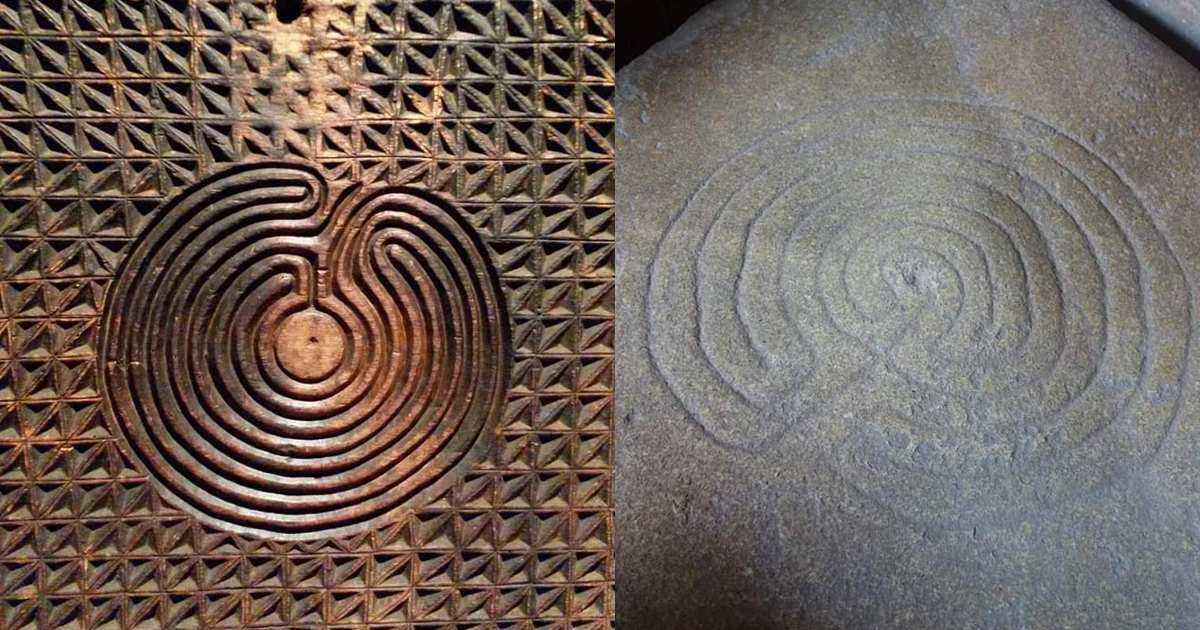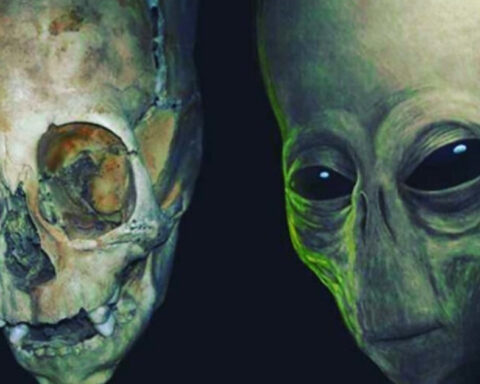This ancient symbol can be found in a number of antiquity instances, some dating back to the late Stone Age or early Bronze Age. Many labyrinth symbols have been unearthed in the Caucasus, portrayed in petroglyphs or carved as ornaments in wood.
Labyrinths were utilized to capture malevolent or evil spirits, as well as to serve as a passageway for rituals and dances. It was also employed as a metaphor of the lengthy and difficult journey that must be followed to converse with God, with the one entry symbolizing birth and the center symbolizing God.

The Greeks identified the palace of Knossos in Crete, found by Arthur Evans early in the twentieth century, with the word labyrinth, which is of pre-Greek origin. In a Linear B inscription, the word is written as da-pu-ri-to. Labyrinthos could be derived from labrys, a Lydian word for “double-bladed axe,” as Maximilian Mayer suggested in 1892.
Evans claimed that the palace at Knossos was the original labyrinth, and that labyrinth may be translated as “the house of the double axe” because the double axe motif appeared in the palace remains.

The identical symbols have been unearthed in other palaces in Crete, therefore this classification may not have been confined to Knossos. However, according to Nilsson, the “double axe” is not a weapon in Crete, and it always accompanies goddesses or women, never a male god.

The word labyrinth is often used interchangeably with the word maze in English. Many current historians and aficionados, however, see a contrast between the two because of the legendary Labyrinth’s lengthy history of unicursal portrayal.

A maze is a complex branching multicursal puzzle with choices of path and direction in this specialized usage, whereas a unicursal labyrinth has only one path to the center.

In this sense, a labyrinth has a clear path to the center and back and poses no navigational difficulties.

From the 17th century onward, labyrinths can be found in Indian manuscripts and Tantric writings. They are frequently referred to as “Chakravyuha,” after an invincible battle structure mentioned in the Mahabharata epic. Lanka, the mythical Rvana’s capital city, is characterized as a labyrinth.

Many individuals still utilize labyrinths for meditation in modern times.

As part of their route to enlightenment, they walk around the circles to attain a contemplative state. The circular and meandering path around the Labyrinth is also interpreted as a symbol of wholeness.

Some individuals interpret it as a trip within oneself to discover one’s own center or the deep knowledge hidden in one’s DNA.


The sacred geometry patterns revealed by this circular maze allow the physical world to link with the cosmic order and higher planes of being.






